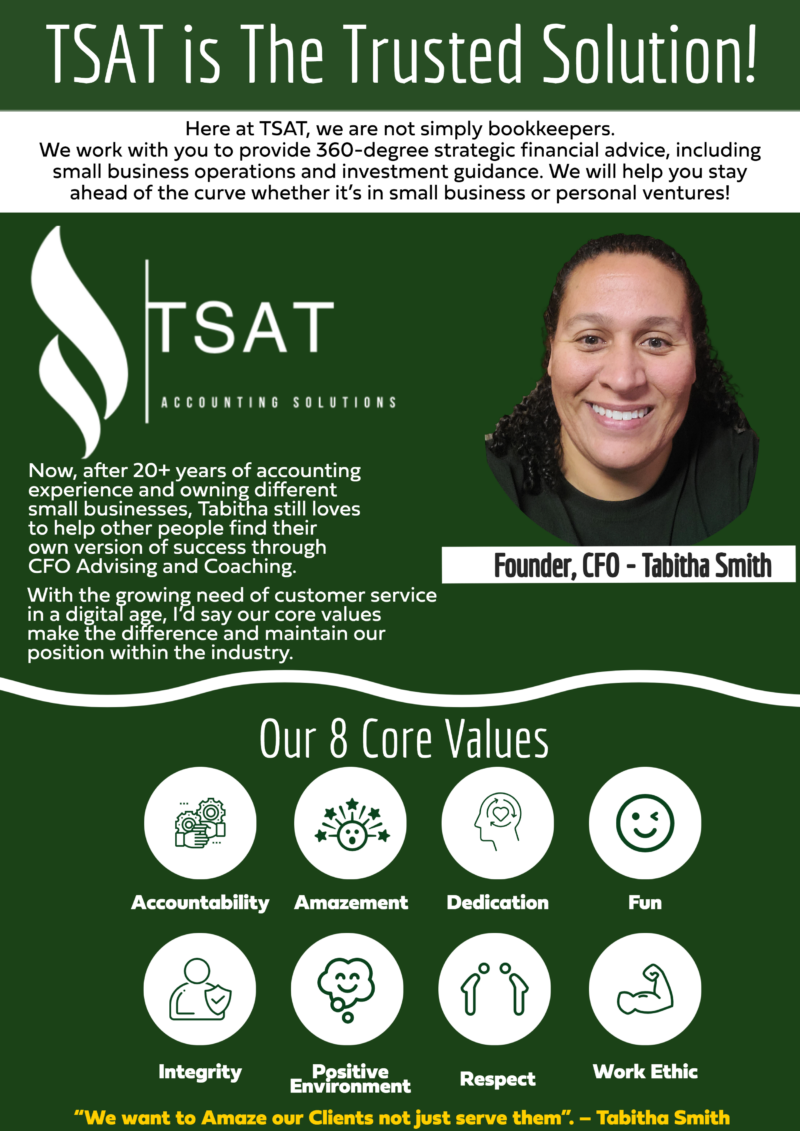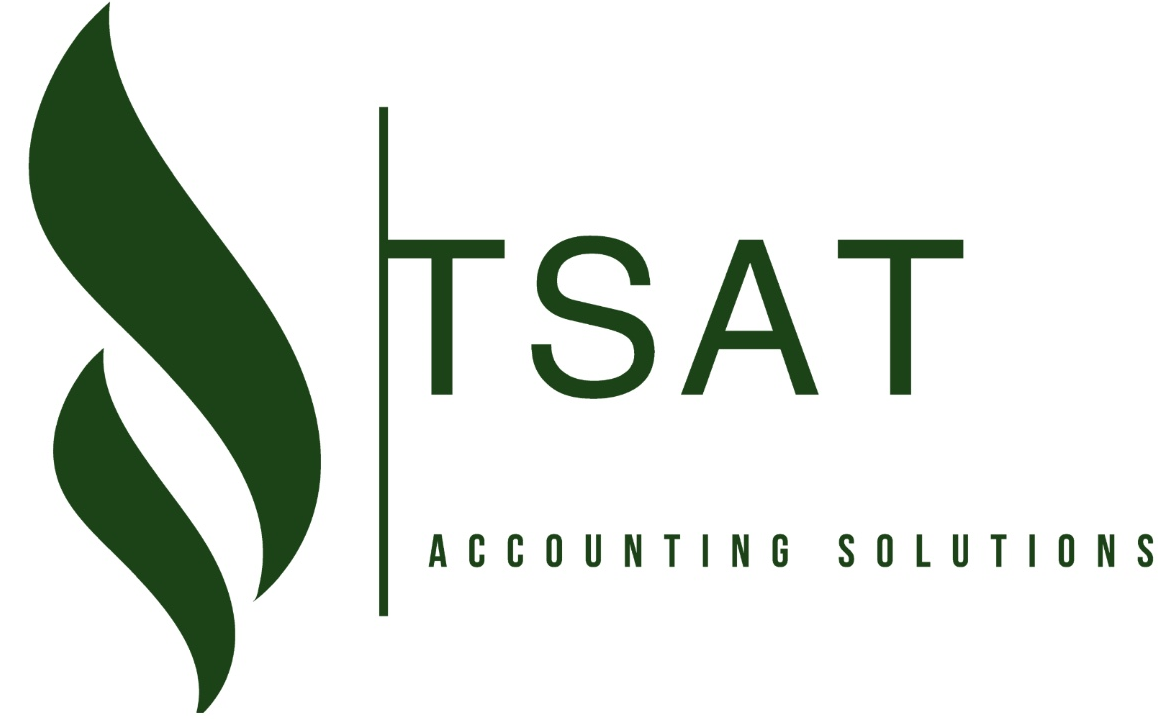
The Role of S-Corps in Succession Planning: Ensuring a Smooth Transition
Welcome to our guide on business succession planning!
If you’re a business owner, you’ve likely poured your heart and soul into building your company. Watching it grow from idea to reality has been your life’s work and legacy.
But there will come a time when you’ll want to step back and pass the torch to a new generation. Retiring, pursuing new ventures, or just enjoying life may be calling you. Handing over your business to worthy successors is a big transition – both legally and emotionally. Without proper planning, your departure could leave a leadership gap that puts operations at risk. That’s why thoughtful succession preparation is so crucial. A well-designed plan helps ensure continuity, preserve your legacy, and set up future leaders for growth. Over the next few sections, we’ll explore ins and outs of crafting a robust succession plan. We’ll look at choosing successors, legal transfers, managing conflict, and post-transition support.
Consider this your guide to securing your company’s future while embarking upon your next chapter! Let’s get started.
1: Why Succession Planning Matters
Succession planning is the process of identifying, developing, and appointing a suitable successor to take over the leadership of your business. It is essential to have a well-thought-out succession plan in place to avoid any disruptions or conflicts within the organization. A solid succession plan can also help ensure the continuity of your business and maintain its legacy.
2: The Benefits of S-Corporations in Succession Planning
If your company is structured as an S-corporation, you get some fantastic benefits when it comes to succession planning and ownership transfer! S-corp status provides several key tax advantages that can optimize the transition process.
One major perk is the ability to transfer ownership to your heirs without triggering capital gains taxes. When S-corporation shares are passed down to the next generation, the recipient’s basis in the stock steps up to the current fair market value. This allows you to transfer ownership essentially tax-free!
In contrast, with C-corps and other entity types, the capital gains tax would need to be paid on the appreciation in value since the shares were originally purchased. This tax liability can divert a significant portion of the business value away from your successors.
- Another useful aspect of S-corps is flexibility around stock classes. S-corps allow for both voting and non-voting shares to be issued. This means you can transfer voting control independently from financial ownership.
- For example, you may decide to gift 40% of non-voting shares to one child, while leaving 60% voting control with a different child who is taking over daily operations. This provides more options for dividing ownership and control between successors as you deem fit.
- With C-corps, only one class of common stock is permitted. So full control and ownership must be aligned. S-corps remove this limitation.
- In addition, S-corps permit ownership transfer to happen gradually over time while the founder is still involved.
- The founder can gift portions of shares annually up to the lifetime exemption amount without incurring gift taxes. This incremental transfer allows for a smoother long-term transition.
Consulting with both a trusted advisor and business attorney can help craft the optimal S-corp succession plan to minimize taxes. But electing S-corp status from the outset provides built-in tools for streamlining the eventual ownership transition when that time comes.
3: Choosing the Right Successor
When selecting a successor, it is important to choose someone who has the skills, experience, and vision to lead your business into the future. Family members may be a natural choice, but it is essential to evaluate their qualifications and determine if they have what it takes to run the business successfully. Alternatively, you may choose to select an outside candidate who brings fresh perspectives and expertise to the table.
Interested in learning more, check out TSAT’s FREE S-Corp Resource Vault!
4: Developing a Succession Plan
A comprehensive succession plan should outline the steps you will take to transfer ownership and control of your business to the next generation. This plan should include a timeline, a list of qualified successors, and a strategy for transitioning management responsibilities. Regularly reviewing and updating your succession plan will ensure that it remains relevant and effective.
5: Transferring Ownership and Control
The legal transfer of ownership and control can be a complex process, with many technical and tax-related factors to consider. It is essential to execute this transition in a way that maintains stability within your business while also minimizing potential tax liabilities associated with the transfer. Hiring an experienced attorney who specializes in business succession planning is highly recommended to guide you through the process. Some key considerations include:
- What ownership stake will be transferred (all or partial) and on what timeline
- Tax implications of asset transfer and strategies to optimize based on entity type
- Drafting and executing legal documents for ownership transfer like share purchase agreements
- Valuing the company appropriately and facilitating the purchase transaction
- Filing necessary registrations and notifications post-transfer
- Addressing shareholder agreements, company bylaws, and corporate governance
You may also want to loop in your trusted advisor and accountant to evaluate the financial and tax aspects of the transition plan. With proper professional guidance, you can ensure the legal transfer goes smoothly while protecting both the incoming and outgoing owners.
6: Managing Expectations
Beyond just the technical execution, managing stakeholder expectations is critical for minimizing friction during and after the transition. All involved parties – including family members, shareholders, managers, employees etc – should fully understand the plan and their roles.
- Open and frequent communication is key. Being transparent about timelines, responsibilities, and leadership changes helps align everyone. Providing regular updates as the process unfolds reduces uncertainty.
- Define clear procedures for decision making and conflict resolution. Also, ensure existing management is on board with upcoming changes and prepared to support new leadership after your departure. You may want to consider a formal training program for your successor.
Setting realistic expectations and addressing concerns proactively is the best way to maintain harmony and commitment during an ownership transition.
7: Preserving Legacy and Culture
While succession planning focuses heavily on the legal and financial transfer, it is also vital to consider the emotional factors. Beyond dollars and cents, a business also represents its founder’s legacy, values, and culture. This intangible worth often reflects years of your blood, sweat and tears!
You’ll want to implement measures to protect the company’s brand identity and continue its societal contributions after you transfer control. Some options include:
- Drafting a family charter to codify values and governance
- Establishing a board of directors with guardians of company culture
- Creating mentorship programs to pass down knowledge
- Communicating your vision statement and brand story to successors
- Setting up employee engagement initiatives to preserve corporate culture
Honoring your life’s work is about more than just securing the right leadership. Attention to preserving your company’s essence will ensure your legacy remains intact for generations to come.
8: Addressing Conflict
With complex transactions involving stakeholders like family, shareholders and management, some friction or disagreement is bound to occur during the succession process. Conflicts could arise over various issues like valuation, corporate governance, or even personal dynamics.
To mitigate disputes, it is prudent to implement a conflict resolution framework early on. This involves:
- Encouraging open dialogue and healthy debate on issues
- Defining escalation procedures should conflicts go unresolved
- Establishing mediation or arbitration mechanisms to settle disputes
- Being willing to compromise – a win/win outcome should be the goal
- Involving neutral third-party advisors like attorneys to assist if needed
Left unaddressed, conflicts can derail a transition by causing delays, litigation costs, and permanent rifts between stakeholders. Having a clear process to facilitate negotiation and compromise will allow for smoother sailing.
9: Post-Transition Support
After the legal transfer concludes, your involvement shouldn’t end completely. To cement a successful transition, it is wise to provide some ongoing post-transition support and guidance to both incoming and outgoing leaders.
- For your successor, this could include continued mentorship, strategic consulting, or just being available to offer your experience when needed. Training programs and leadership development can also help them spread their wings.
- For yourself, support may entail guidance on finding purpose and fulfillment after stepping back. Change can be hard, so having resources to help you adjust to your new role is valuable.
The care and effort devoted to a thoughtful succession plan will allow both you and your successor to embark upon exciting new chapters, with your business legacy stronger than ever.
In conclusion, succession planning is a critical aspect of ensuring the continued success of your business. Electing S-corporation status can offer numerous benefits for succession planning, including tax advantages and increased flexibility in transferring ownership and control. By following these tips and working with experienced advisors, you can create a comprehensive succession plan that preserves your legacy and sets your business up for long-term success.
💰 🚀 Handing over your business doesn’t have to be like passing a hot potato! Learn how to make it a seamless baton pass with our guide on S-Corps and succession planning!!! 🏃♂️✨ 🕵️♀️

Your Trusted Advisor… At TSAT, we understand that exceptional small businesses must maintain high standards in service, accuracy, reliability, and efficiency. To achieve these goals, it is essential to establish a thorough set of accounting and finance policies and procedures and consistently train all personnel involved. By letting TSAT focus on you accounting, quality assurance, finances, and provide you with a small business accounting department, you can expand your core competency operations and enhance your profit margins. Ensuring every aspect of small business accounting operates at peak performance requires some effort, and we are here to assist you on this journey!
Here at TSAT, we are not simply bookkeepers. We work with you to provide a 360-degree strategic financial advice, including small business operations and investment guidance. We will help you stay ahead of the curve when it small business or personal investments!
If you are a gig worker or small business owner looking to grow your business, TSAT’s AMAZING Trusted team considers much more than just your taxes!
TSAT’s is your Trusted Advisor and will let you focus on your business’s core competencies! Whether you have a small business or you need help personally, TSAT can give you HOPE! Call us today!
Phone: (417) 208-2858
- Website: TSAT Accounting Solutions
- Facebook: TSAT Facebook
- Calendly : Quickly schedule a 15 minute call!
- Alignable: Connect with Us on Alignable!
- Fill out the Qualification Questionnaire for a full 1 hour CFO Consult!

